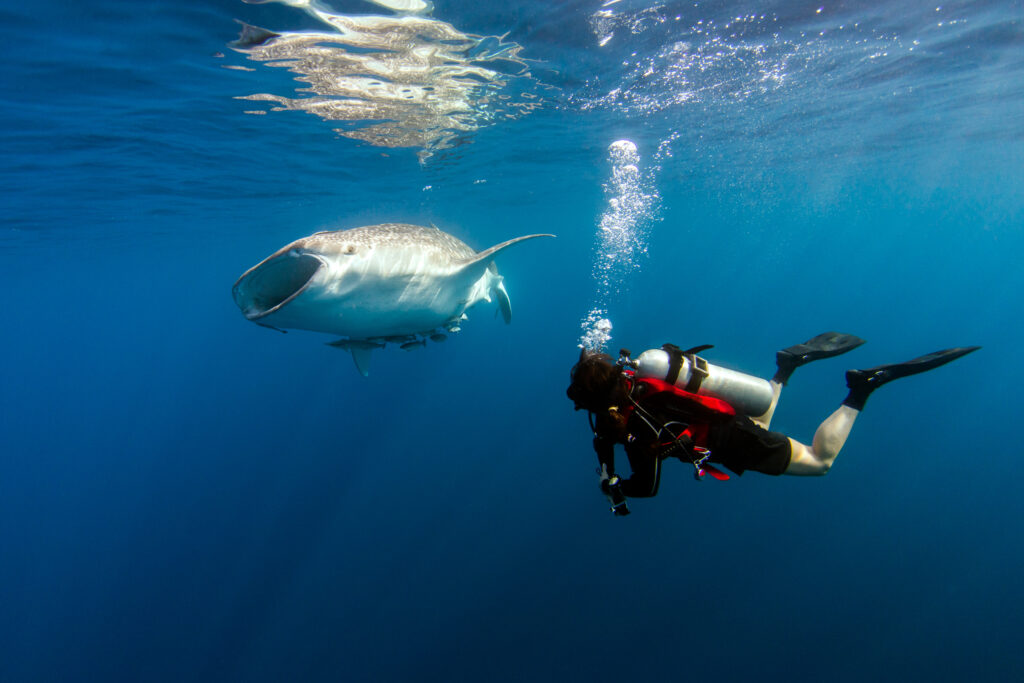What is a Purge?

In scuba diving, the term “purge” refers to the mechanism used to expel water from certain pieces of diving equipment, primarily diving masks and regulators. The ability to quickly and efficiently remove water from these components is crucial for ensuring clear vision and unimpeded breathing underwater. The concept of purging has evolved significantly over the years, becoming an integral part of modern scuba gear. Understanding the function and proper use of purge systems is essential for divers at all levels, as it directly impacts safety and comfort during underwater excursions.
What is a Low Pressure Inflator?

The Low Pressure Inflator (LPI) is a crucial component in scuba diving equipment, connecting a diver’s buoyancy control device (BCD) to their air supply. It allows divers to control their buoyancy underwater, making it an essential tool for maintaining stability and comfort during dives. By pressing the inflator button, divers can add air to their BCD, making them more buoyant, while the deflator button allows them to release air, decreasing buoyancy. This control over buoyancy is vital for safe and enjoyable diving experiences.
What is a Manifold?

A manifold in scuba diving is an essential component that plays a crucial role in connecting multiple tanks to provide divers with a continuous and reliable air supply. This device allows for the seamless integration of two or more tanks, ensuring that divers can manage their air reserves efficiently and safely. Manifolds are particularly important in technical and deep diving, where extended bottom times and redundancy in air supply are critical. By linking tanks together, a manifold provides divers with the flexibility to access a larger volume of air, enhancing their underwater experience and safety.
What is Intermediate Pressure?

Intermediate pressure is a critical concept in scuba diving, referring to the pressure between the first and second stages of a diver’s regulator system. This pressure is crucial for the proper functioning of the diving equipment, ensuring that the diver can breathe comfortably and safely underwater. Understanding intermediate pressure is essential for both recreational and technical divers, as it affects the overall performance and safety of the diving gear. This article delves into the principles, mechanics, equipment implications, maintenance, environmental impacts, and advanced applications of intermediate pressure in scuba diving.
What is a Submersible Pressure Gauge?

A submersible pressure gauge (SPG) is a vital piece of equipment for scuba divers, used to monitor the pressure of the air remaining in their diving tanks. This instrument is crucial for ensuring that divers have enough air to safely return to the surface. The SPG is typically connected to the diver’s first-stage regulator and displays the pressure in the tank in real-time, allowing divers to keep track of their air supply and manage their dive plans accordingly. By providing accurate and immediate feedback, the SPG helps prevent potentially dangerous situations caused by running out of air underwater.
What is Recreational Scuba Diving?

Recreational scuba diving is a popular underwater activity enjoyed by millions of people around the world. It allows individuals to experience the underwater environment firsthand, encountering marine life and underwater landscapes that are typically inaccessible. Unlike commercial or military diving, which focuses on tasks such as underwater construction or defense, recreational scuba diving is primarily for enjoyment and adventure. It involves using a self-contained underwater breathing apparatus (scuba) to breathe underwater, enabling divers to spend extended periods submerged. This activity has grown significantly in popularity due to its appeal to adventurers and nature enthusiasts alike.
What is Free Flow?

Scuba diving is an immersive underwater experience that offers divers a glimpse into the unique marine environment. To safely navigate these depths, divers rely on specialized equipment, with one of the most critical components being the demand regulator. This device controls the flow of air from the tank to the diver, ensuring they receive air at the appropriate pressure. However, like any mechanical equipment, the regulator can malfunction, and one specific issue is known as “free flow.” This malfunction can result in continuous air flow from the regulator, regardless of the diver’s input, potentially depleting the air supply quickly and leading to serious safety concerns.
What is a Unbalanced Regulator?

The unbalanced regulator, a once dominant piece of scuba diving equipment, is a technology rooted in the sport’s history. This device, which regulates the high-pressure air from the scuba tank to a breathable pressure for the diver, is distinguished by its susceptibility to changes in tank pressure. Though largely phased out in favor of balanced regulators, the unbalanced regulator remains a key reference point in understanding the evolution of diving equipment and safety.
What is Sidemount Diving?

Sidemount diving is a scuba equipment configuration where diving cylinders are placed along the diver’s sides rather than on the back, as is typical in traditional backmount setups. This system allows for enhanced flexibility, mobility, and safety while underwater. The cylinders are positioned below the shoulders and extend along the hips, giving divers more freedom of movement compared to conventional systems. Divers appreciate sidemount configurations for their ability to streamline the diver’s profile, which is particularly advantageous in environments with tight spaces like caves, but the setup is also widely used in other forms of diving, from recreational to professional.
What is a Buddy Check?

What is a Buddy Check? A buddy check is an essential safety procedure in scuba diving, designed to ensure that both the diver and their dive buddy are fully prepared and equipped for their underwater adventure. This 1000-word entry will provide a comprehensive overview of the buddy check process, its importance, the key steps involved, […]
